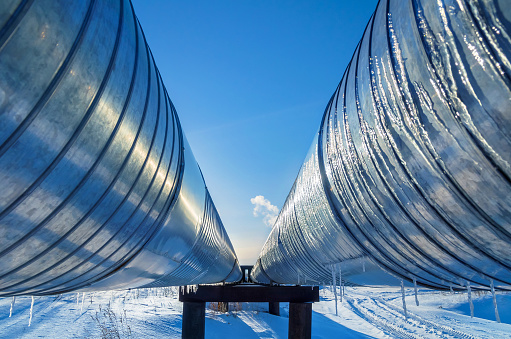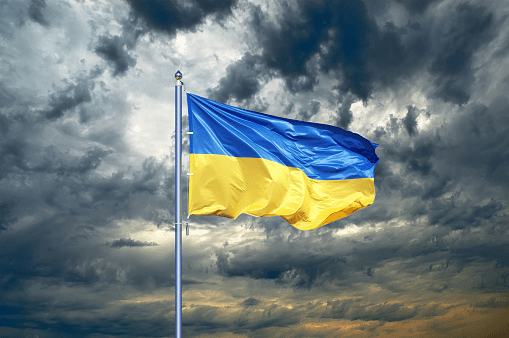The cut in supplies, flagged by Gazprom (MCX: GAZP) earlier this week, has reduced the capacity of the Nord Stream 1 pipeline – the major delivery route to Europe for Russian gas – to a mere fifth of its total capacity.
A day earlier, EU countries approved a weakened emergency plan to curb gas demand after striking compromise deals to limit cuts for some countries, hoping lower consumption will ease the impact in case Moscow stops supplies altogether.
The plan highlights fears that countries will be unable to meet goals to refill storage and keep their citizens warm during the winter and the risk that Europe’s weak economic growth may take another hit if gas is rationed.
Moscow blaming technicalities
While Moscow has blamed various technical issues for the supply cuts, Brussels has accused Russia of using energy as a weapon to blackmail the bloc and retaliate for Western sanctions over its invasion of Ukraine.
On Wednesday, physical flows via Nord Stream 1 tumbled to 14.4 million kilowatt hours per hour (kWh/h) between 0700 and 0800 GMT from around 28 million kWh/h a day earlier, less than a week after the pipeline restarted following a scheduled 10-day maintenance period.
Klaus Mueller, head of Germany’s network regulator, said the country could still avoid a gas shortage that would prompt its rationing.
Germany, Europe’s top economy and its largest importer of Russian gas, has been particularly hit by supply cuts since mid-June, with its gas importer Uniper requiring a 15 billion euro ($15.21 billion) state bailout as a result.
Uniper and Italy’s Eni both said they received less gas from Gazprom than in recent days.
Mueller issued another plea to households and industries to save gas and avoid rationing.
















